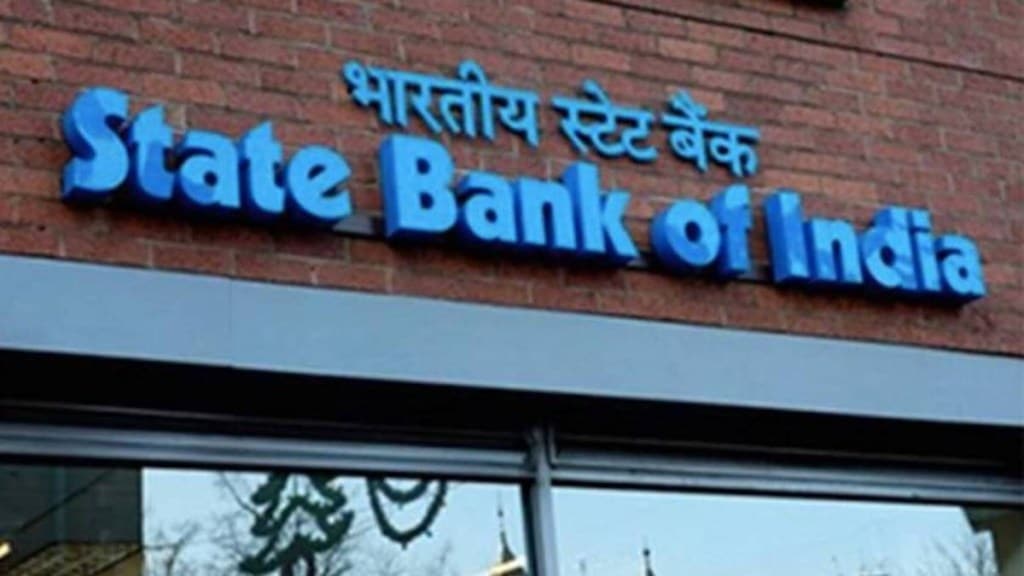State bank of India (SBI), the country’s largest lender, expects to continue its dominance in the Unified Payments Interface (UPI) transaction landscape and account for 30%-32% market share, going ahead. C S Setty, MD, SBI, tells Piyush Shukla in an exclusive interview that the launch of Yono 2.0 has the potential to engage with an additional 75-100 fintech players — the largest in the country. Excerpts:
What are some of the key areas where SBI wants to collaborate with fintechs?
The first thing we looked at was ways to make fintech onboarding or engagement much easier than today. We have done extensive study of the fintech ecosystem and identified areas where we can collaborate. It could be on the customer journeys, customer onboarding, risk management, collections, customer experience or digital marketing space.
Scalability is also important because when you are dealing with SBI, which has 470 million customers, the volumes are very significant. For instance, the daily logins of Yono 1.0 are almost 12 million to 15 million. So if we have to make a service available to such large number of customers, we need to have tie-up with a fintech which is able to scale it up. We also keep telling fintechs that the priority of information security is critical for us.
Which areas does SBI currently partner with fintechs?
The current partnerships are essentially in terms of the customer journeys – KYC, particularly C-KYC and associated areas. We also have risk management engagements with many people. The risk management entails, for example, doing background checks while passing loans, among others. We have engagements with some fintechs, which provide the GST data, in the format that suits the bank’s compliance.
But in Yono 2.0, our assessment is we have potential to engage with more fintechs, at least 75 to 100 different fintechs can be brought on board. So, this will be largest fintech engagement program in the country. Currently, we have around 12 to 15 very active partnerships and there could be more.
When will the Yono 2.0 app be launched?
Yono 2.0 will be launched in different phases. The first phase includes five most important and frequently used customer journeys. These include payments, interbank transfers, fund transfers, or pre-approved loan. We want to launch these services within the next 12 months.
Yono 2.0 is aimed at personalisation and hyper-personalisation. Customer centricity would be the focus. If you are using Yono, the products relevant to you will be shown first. We are integrating a strong marketing technology to achieve this.
SBI dominates the UPI transaction volumes. Where do you see growth in the future?
Out of 10 billion UPI transactions in the month of August, 3.8 billion transactions were done through SBI alone. On some of the peak days, it’s substantially higher. What we have done is not only the technology improvement, but also augmented our ability to handle these kinds of volumes. I don’t see our market share of 30%-32% going down.
We will be now focusing is the greater adoption of UPI Lite as a wallet since it will reduce the pressure on the systems. We would like to take advantage of whatever new opportunities emerging in the UPI. For example, we will be working on pre-approved credit lines on the UPI. We want to have as more market share than what we have in the payments’ space. One of the credit line products has being launched in the Global Fintech Fest. But we will have many such products coming up.
What are the current volumes on the UPI Lite mode?
UPI Lite registrations are important. We are working with our payment application providers like Google Pay and others to increase the number of people who are coming on UPI Lite.
I don’t have the current numbers, but the traction has been good. With the transaction limit being increased from Rs 200 to Rs 500, things will only improve.

